Nationality Swedish | Name Arne Beurling Role Mathematician | |
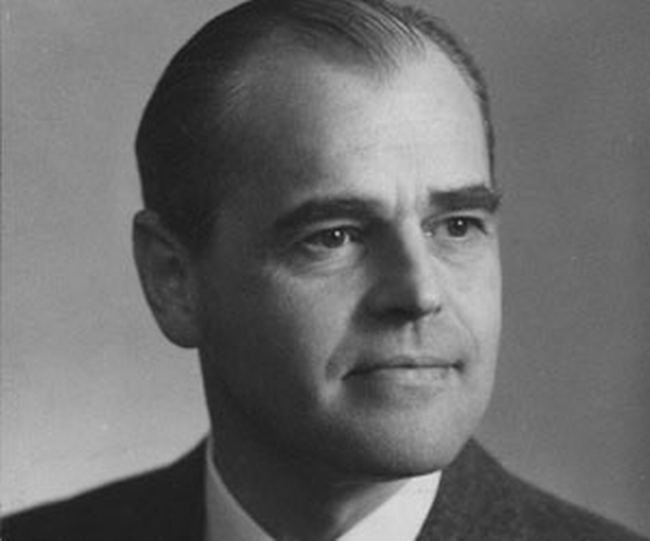 | ||
Institutions Uppsala UniversityInstitute for Advanced Study Doctoral students Goran BorgLennart CarlesonYngve DomarCarl-Gustav Esseen Known for Beurling algebraBeurling factorizationBeurling–Lax theoremBeurling–Nyman criterion Similar People Lennart Carleson, John G Thompson, Saunders Mac Lane | ||
G skrivaren arne beurling part 1 5
Arne Carl-August Beurling (3 February 1905 – 20 November 1986) was a Swedish mathematician and professor of mathematics at Uppsala University (1937–1954) and later at the Institute for Advanced Study in Princeton, New Jersey. Beurling worked extensively in harmonic analysis, complex analysis and potential theory. The "Beurling factorization" helped mathematical scientists to understand the Wold decomposition, and inspired further work on the invariant subspaces of linear operators and operator algebras, e.g. Håkan Hedenmalm's factorization theorem for Bergman spaces.
Contents
- G skrivaren arne beurling part 1 5
- Career
- World War II
- Later life
- Personal life
- In popular culture
- Awards
- References
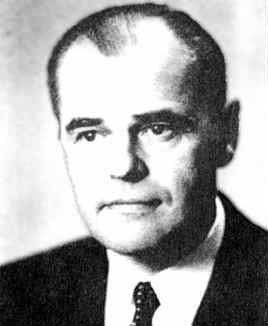
Career
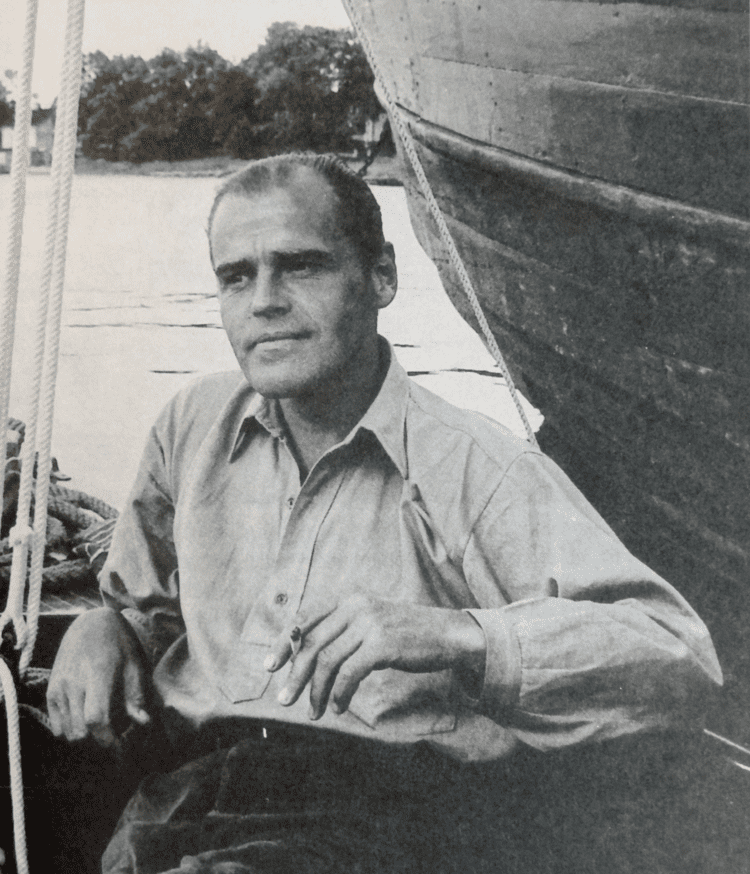
Beurling was born in Gothenburg, Sweden and was the son of the landowner Konrad Beurling and baroness Elsa Raab. After graduating in 1924, he was enrolled at the Uppsala University where he received a Bachelor of Arts degree in 1926 and two years later a Licentiate of Philosophy degree. Beurling was assistant teacher at Uppsala University from 1931 to 1933. He received his doctorate in mathematics in 1933 for his dissertation Études sur un problème de majoration. Beurling was a docent of mathematics at Uppsala University from 1933 and then professor of mathematics from 1937 to 1954. He was visiting professor at Harvard University from 1948 to 1949. From 1954 he was professor at the Institute for Advanced Study at Princeton University, United States, where he took over Albert Einstein's office.
World War II
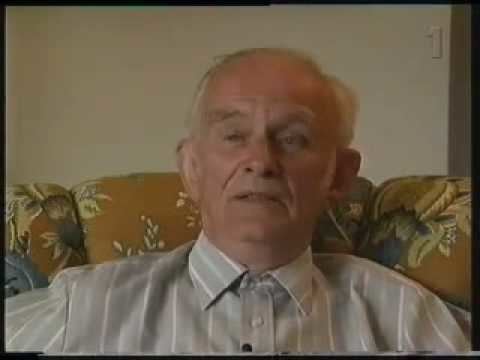
In the summer of 1940 he single-handedly deciphered and reverse-engineered an early version of the Siemens and Halske T52 also known as the Geheimfernschreiber ("secret teletypewriter") used by Nazi Germany in World War II for sending ciphered messages. The T52 was one of the so-called "Fish cyphers", that, using transposition, created nearly one quintillion (893,622,318,929,520,960) different variations. It took Beurling two weeks to solve the problem using pen and paper. Using Beurling's work, a device was created that enabled Sweden to decipher German teleprinter traffic passing through Sweden from Norway on a cable. In this way, Swedish authorities knew about Operation Barbarossa before it occurred. Since the Swedes would not reveal how this knowledge was attained, the Swedish warning was not treated as credible by Soviets.
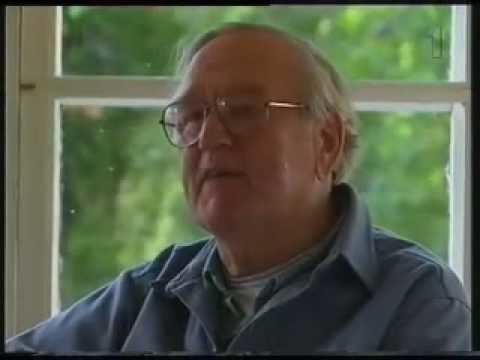
This became the foundation for the Swedish National Defence Radio Establishment (FRA). The cypher in the Geheimfernschreiber is generally considered to be more complex than the cypher used in the Enigma machines.
Later life
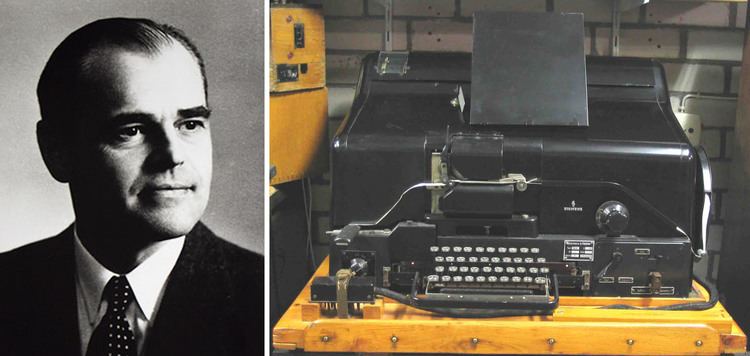
Beurling was elected a Fellow of the American Academy of Arts and Sciences in 1970. He was the doctoral advisor of Lennart Carleson and Carl-Gustav Esseen.
Personal life
Beurling was in his first marriage married 1936-40 with the licentiate in medicine Britta Östberg (born 1907), daughter of lector Henrik Östberg and Ph.D. Gerda Nilsson. He remarried in 1950 with a M.Phil. Karin Lindblad (1920-2006), daughter of ironmonger Henric Lindblad and Wanja Bengtsson. Karin was a distinguished Ph.D student from Uppsala University. When they lived in Princeton, she worked in a biochemistry lab at Princeton University. Beurling was in the first marriage the father of Pehr-Henrik (born 1936) and Jane (born 1938).
Beurling died in 1986 and was buried at Norra begravningsplatsen in Stockholm. Beurling's great-grandfather was Per Henric Beurling (1758 or 1763 – 1806), who founded a high quality clock factory in Stockholm in 1783.
In popular culture
Beurling's prowess as a cryptanalysist is the subject of the 2005 short opera Krypto CEG by Jonas Sjöstrand and Kimmo Eriksson.
